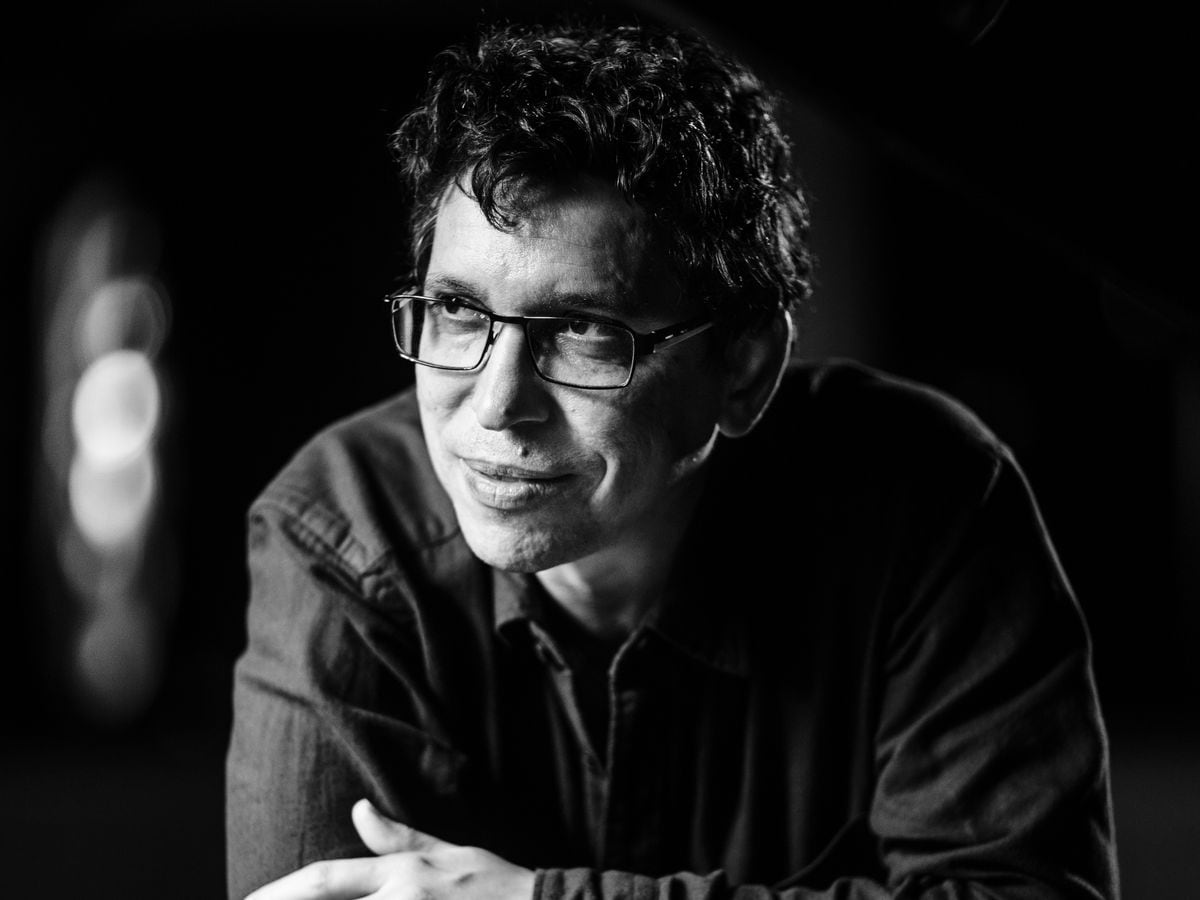Piano y trova is not just another work in Pepe Rivero's career. For this versatile pianist and composer born in eastern Cuba (Manzanillo, 1972), this is his first solo piano album and in it he pays tribute to the troubadour song of his country, from Pepe Sánchez, the creator of the Latin American bolero, to the recently deceased Pablo Milanés. It is the music that he listened to since childhood and that has always been part of his emotional landscape and his musical essences, and although it is not the first time that he interprets some of these compositions in his jazz repertoire, if it is a novelty the concept and the way in which he makes them his own now.
The adventure of Piano and trova began last year, when he was summoned by Miguel Ángel Marín, director of the music program of the Juan March Foundation, to represent within the cycle Classics of Latin American song his version and piano vision of the Cuban Nueva Trova and the protest song, with Silvio Rodríguez and Pablo Milanés as maximum exponents. Pepe Rivero liked the idea, but considered that this movement came from a much broader and earlier phenomenon, which was that of the old traditional trova, born in eastern Cuba after the evolution of European airs and its mixture with African rhythms that gave rise to Creole song. Interpreted by the troubadours or troubadours, so called also, who combined in their compositions lyrics of deep lyricism with a very special cadence, which immediately became a genre in itself.
Rivero, in the first place, made a wide selection of songs created by great Cuban composers of the late nineteenth century and the first decades of the twentieth century, including the aforementioned Pepe Sánchez, author of Tristeza (1883), the first bolero, Sindo Garay, Miguel Matamoros, Maria Teresa Vera, Manuel Corona, Nilo Menéndez, Ernesto Lecuona or Eliseo Grenet, among others. Most of these great musicians and troubadours composed their works with the guitar as an instrument of creation and expressive vehicle, but the transcendence of songs such as Longina, Veinte años, Olvido or Perla Marina led them to become true icons of which multiple versions have been made in the most dissimilar formats. The challenge, for Pepe Rivero, was to appropriate the soul of this music and assimilate it to his classical training as a pianist and the freedom of his jazz language, keys to his style.
Rivero remembers that since he settled in Spain -25 years ago- and recorded his first four albums for Universal, he was asked to make an LP for solo piano. "I really did not feel it, I thought that it should be something that arose naturally and when I felt it, and for me this has been the best justification," explains this Cuban musician, who to his credit has works as unique and dissimilar as the tributes paid to Thelonius Monk and Chopín (Monk and the cuban rumba and Chopin's boleros). or his Yoruba Suite, an assignment of the Festival of Sacred Music, to which he dedicated almost a year of his career.
In Piano y Trova, which he thinks as the first of a series of solo piano works, Pepe Rivero let himself go. The concert at the Juan March Foundation was a success, and from that single take recorded then he later chose the 10 songs that make up this album. "I was very interested in paying homage to all those great troubadours through the piano and to a tradition where I also come from, which is the trova, they are songs with which I was born, with which I have grown. Obviously I also have a classical training, and it was about finding a point between the classical, the traditional and the Cuban piano that we have inherited from Manuel Saumell, Ignacio Cervantes, Lecuona, and also from Bebo Valdés, from Chucho, from Frank Emilio, Rubén González, from Peruchín and Felo Bergaza, among many others. "
The result is a suggestive album, full of heart, that immerses you intensely through the piano in the poetry that is at the foundation of those songs of a lifetime, an album full of nuances that is a delight for the ear and in which Rivero transmits the emotions that were a source of inspiration for its creators. This is the case of the theme that opens the album, "the sublime Longina, one of the most beautiful songs of Cuban trova of all time, composed by a great of the genre on the island and the troubadour with the largest number of lyrics with a woman's name in his repertoire, Manuel Corona," says Rivero, and recites from memory one of his verses "In the mysterious language of your eyes / there is a theme that highlights sensitivity / In the sensual lines of your beautiful body / the curves that are admired awaken illusion ...".
He also talks about Those Green Eyes, by Nilo Menéndez and Adolfo Utreras, and recalls what Nilo said about the muse that inspired him: "As I believe in love at first sight, I fell in love with her that same day, and at night I composed the music; It was his eyes that gave me the sweet theme of my song." It was premiered on June 21, 1930 in Havana by María Cervantes, becoming one of the first boleros of worldwide success. They are also on the album Ay Mama Ines, by Eliseo Grenet, and Siempre en mi corazón, by Lecuona, "the first song nominated for the Oscars in the forties", observes Pepe Rivero, who closes his tour in Piano and trova with the heartfelt and melancholic Años, by Pablo Milanés, natural bridge between the new and the old Cuban trova, the one that has always accompanied him in his growth as a musician and that has triumphed throughout the world. Let's hope for future deliveries

